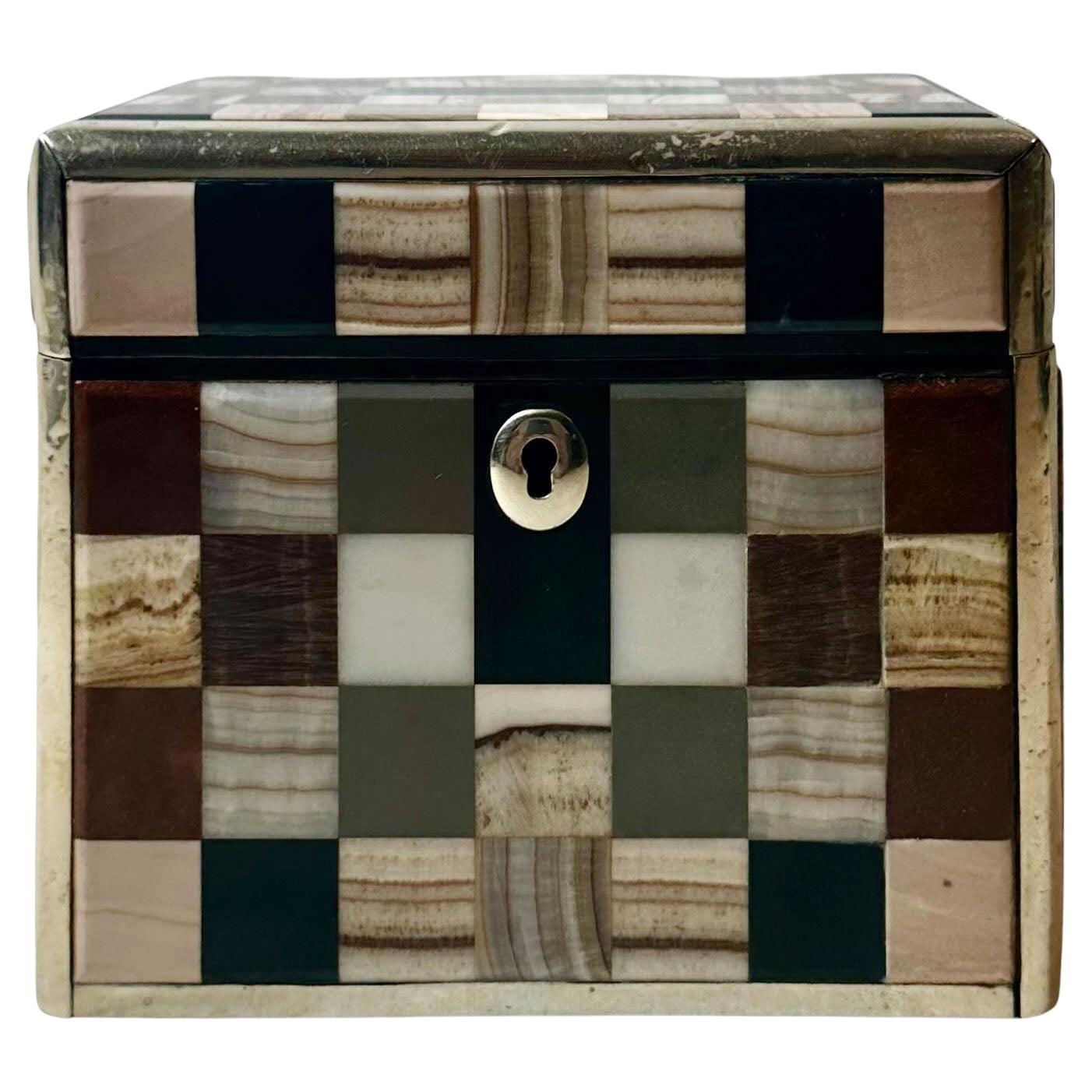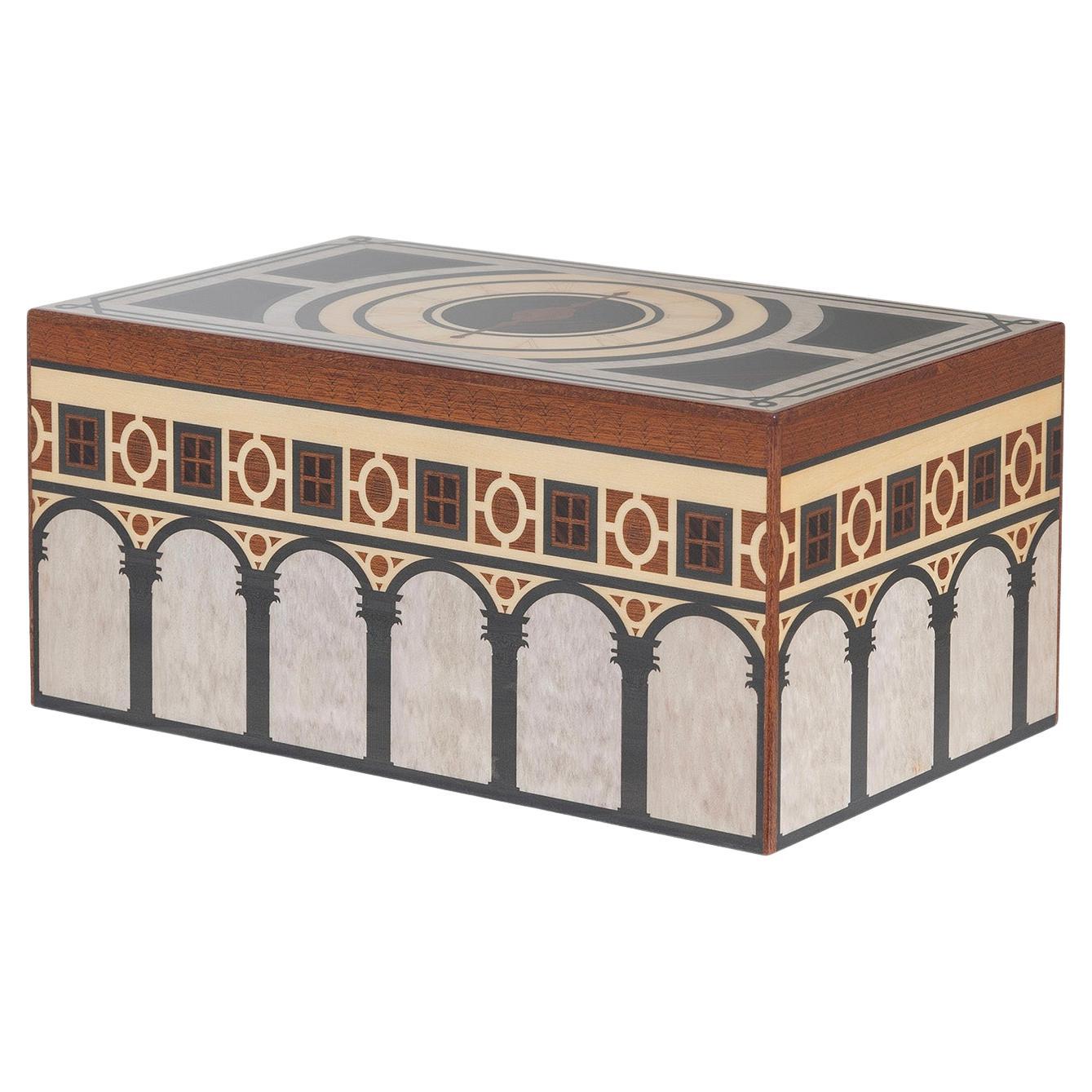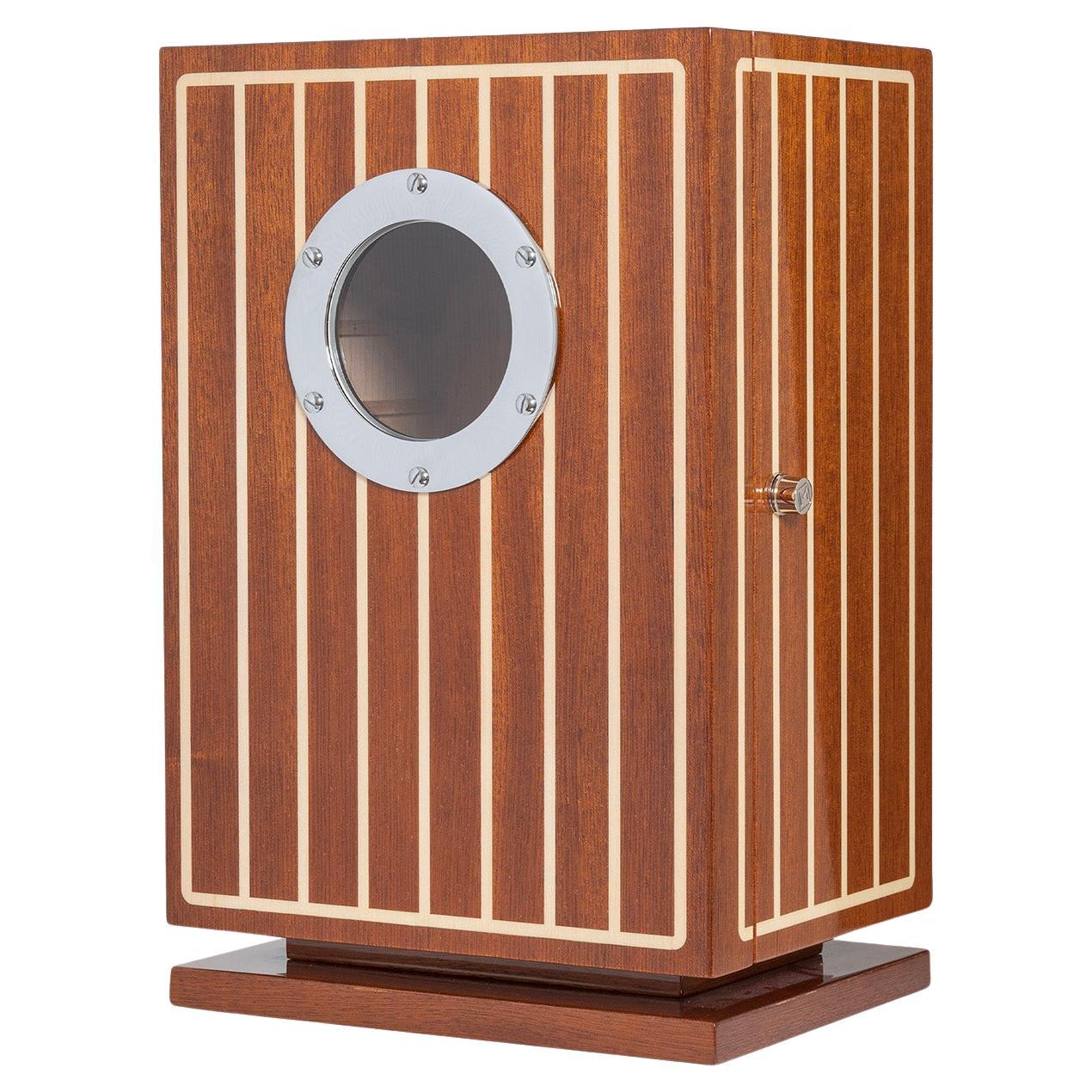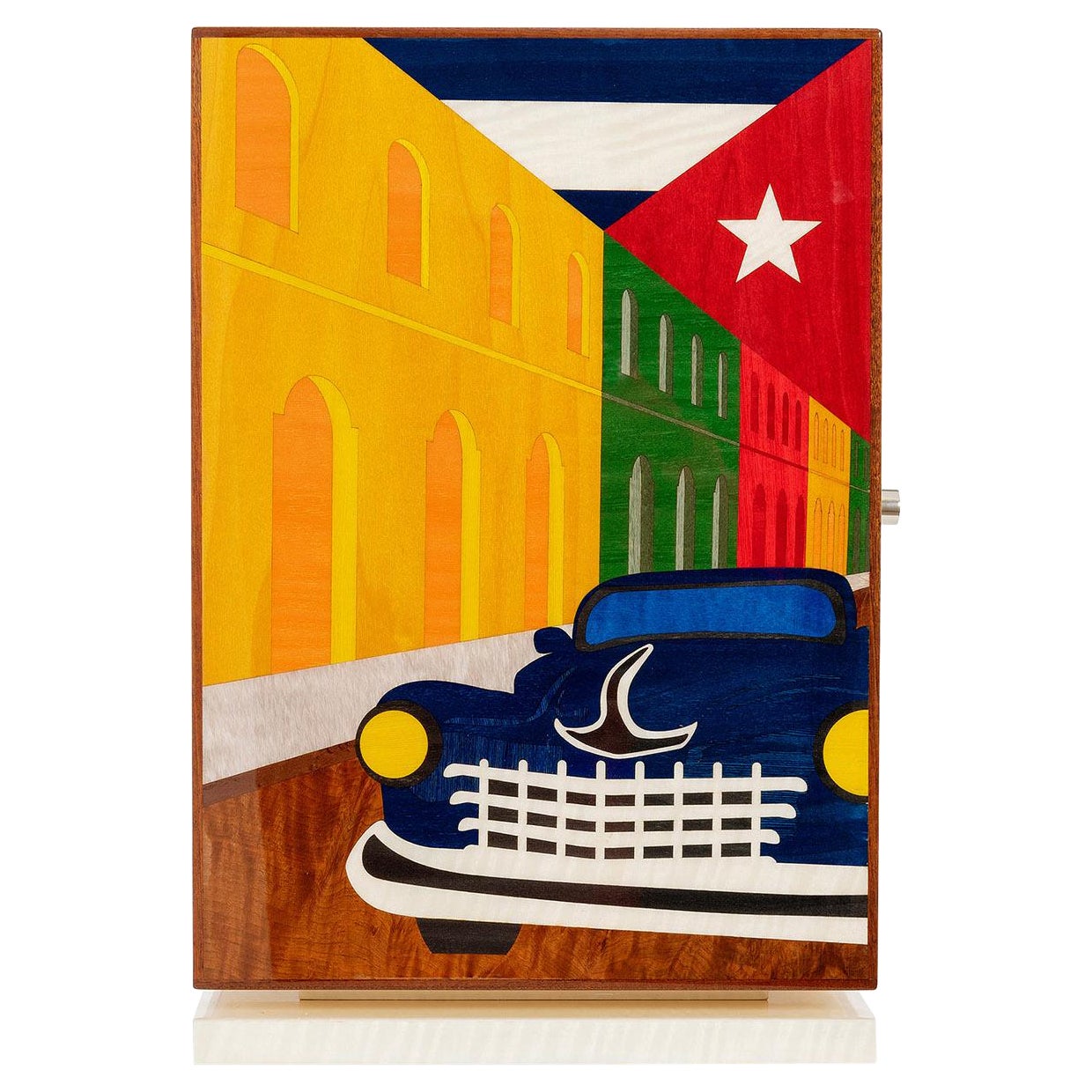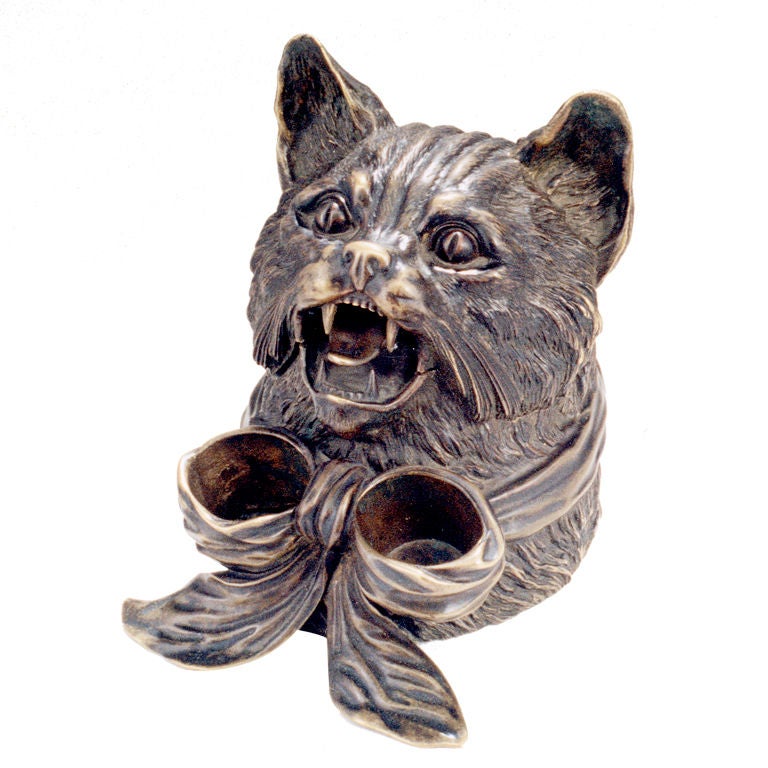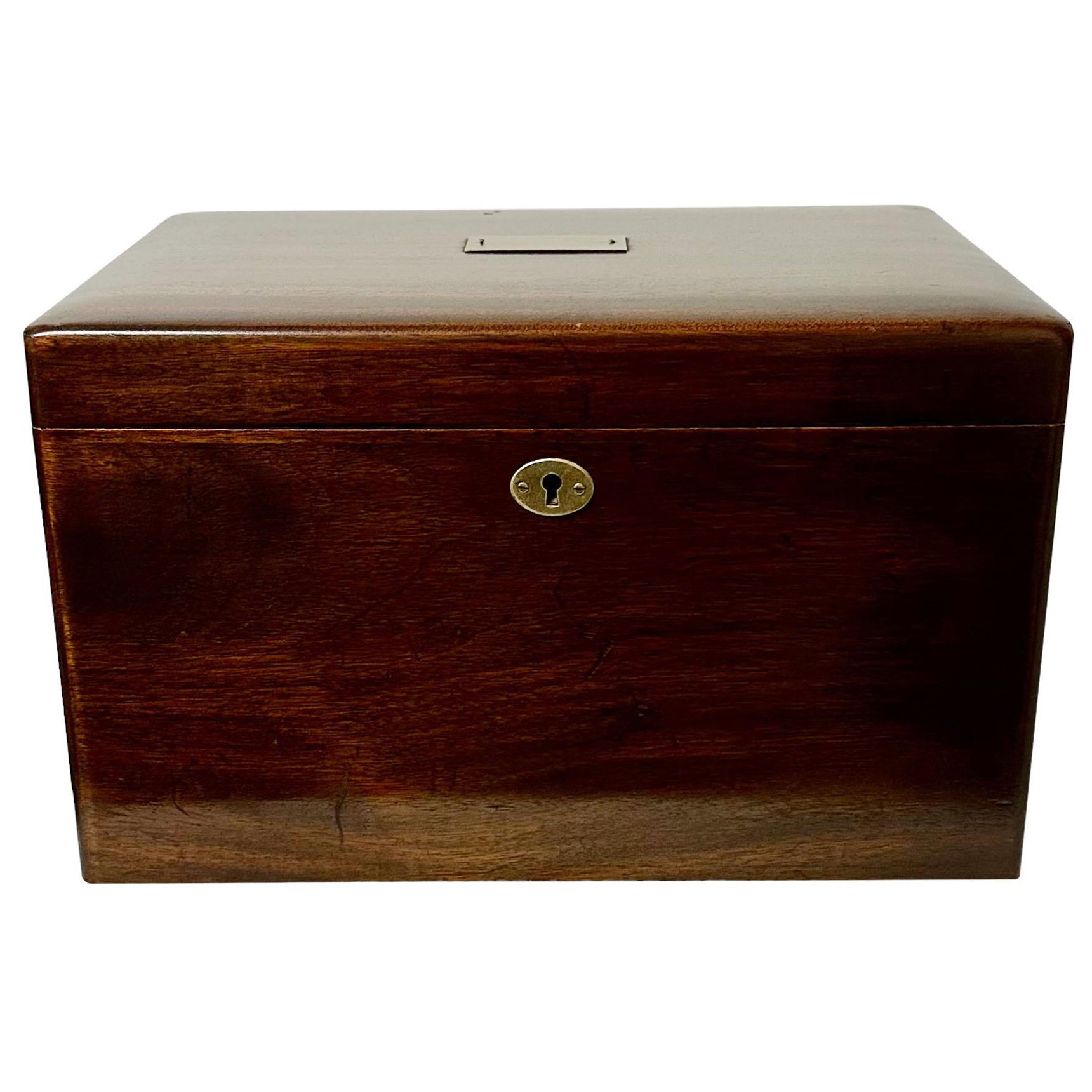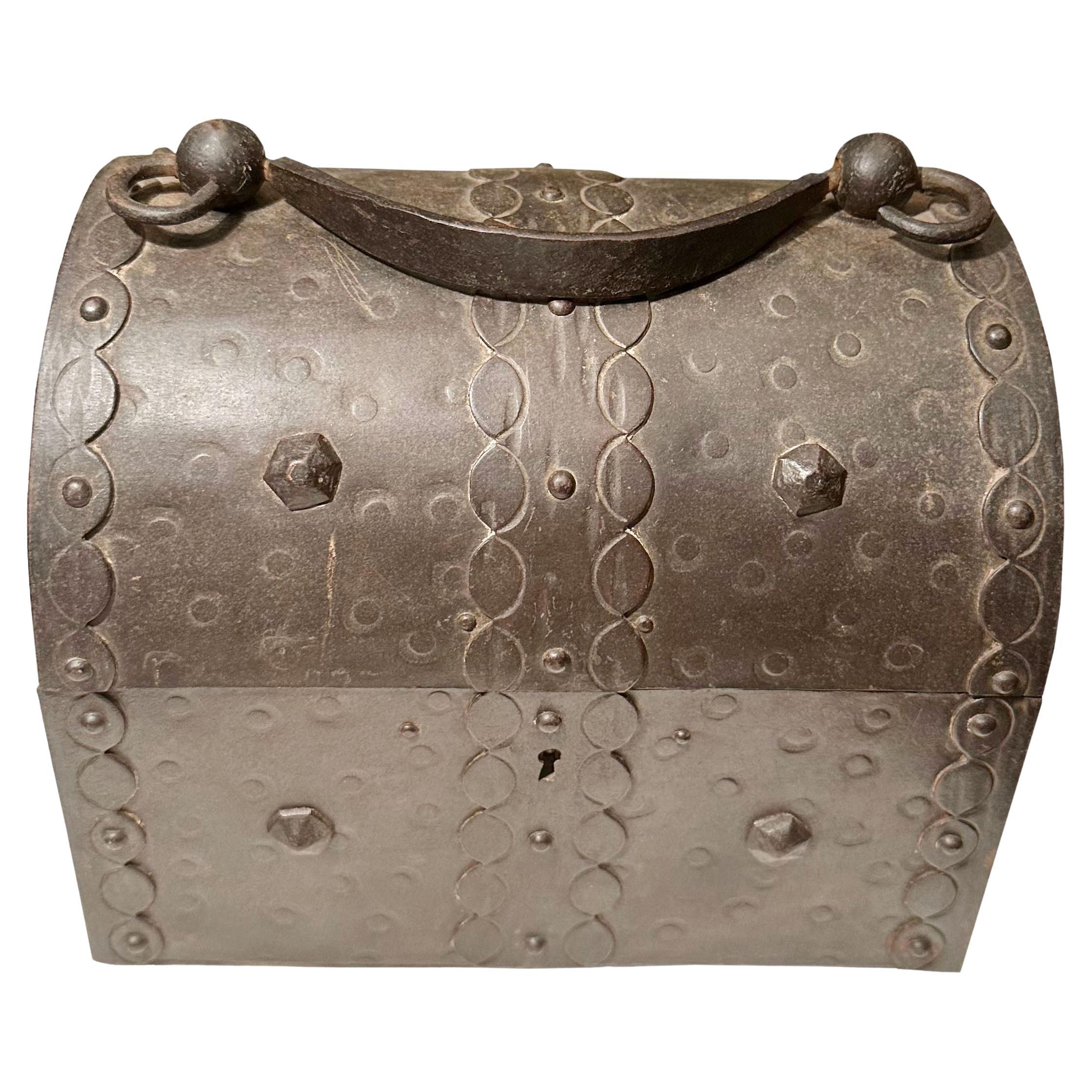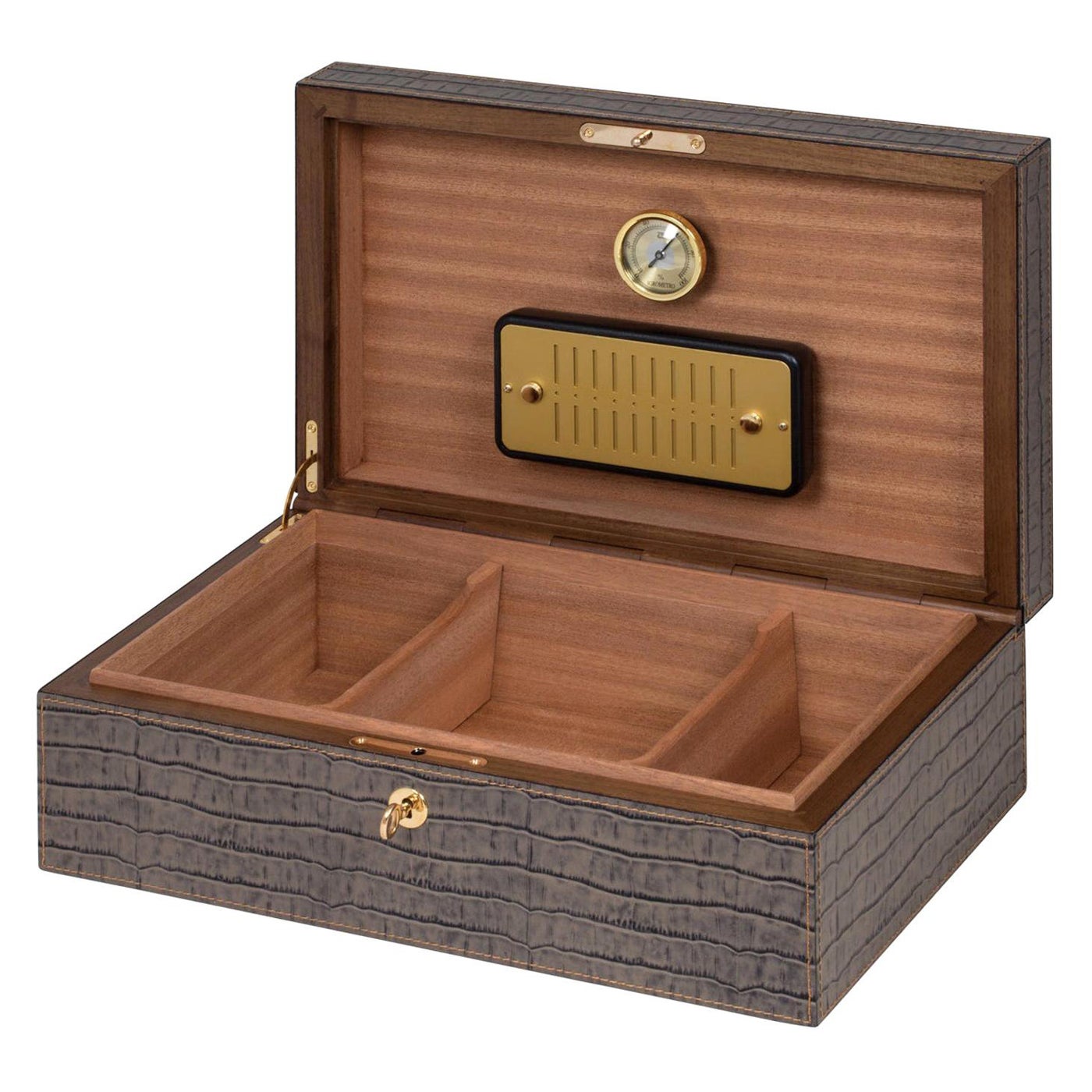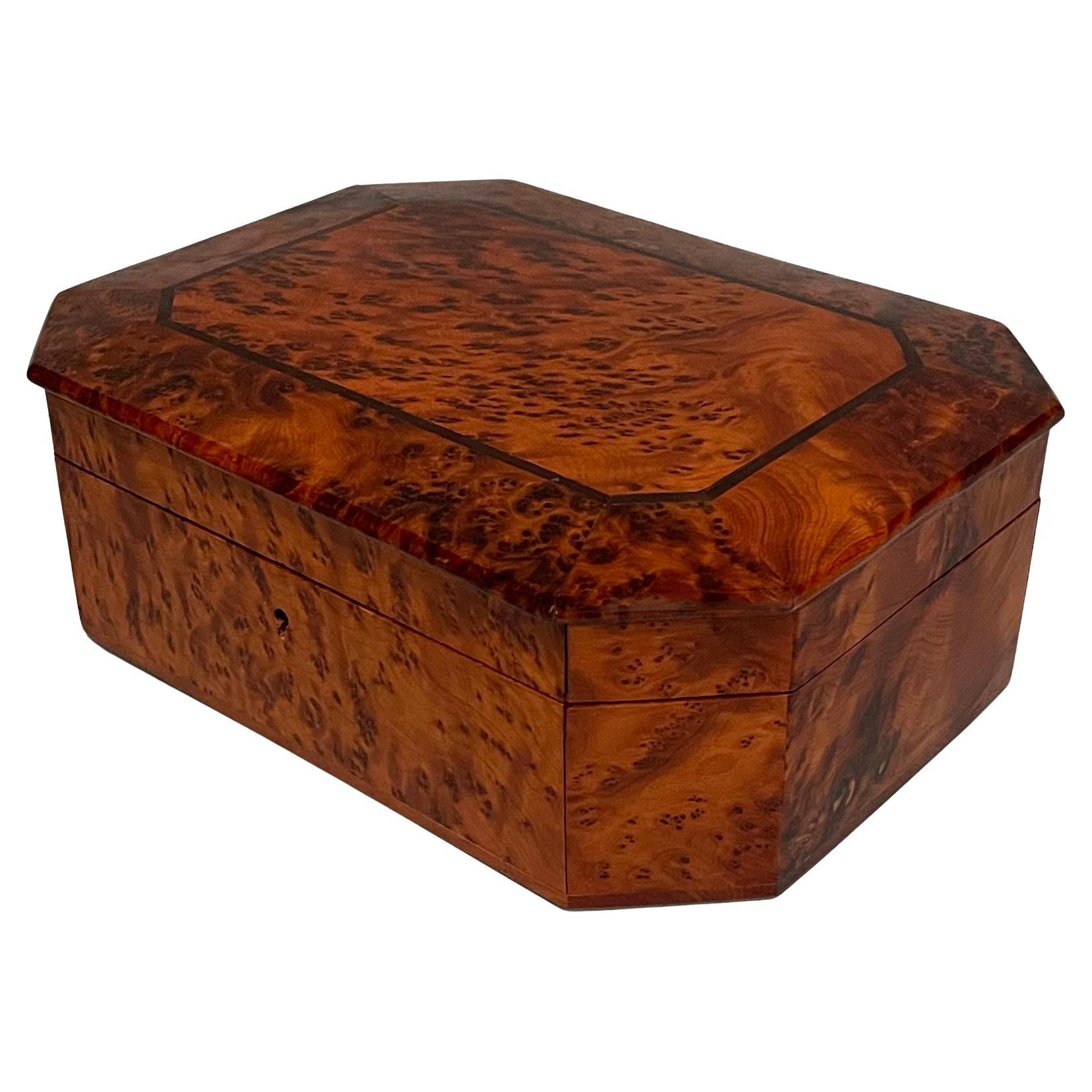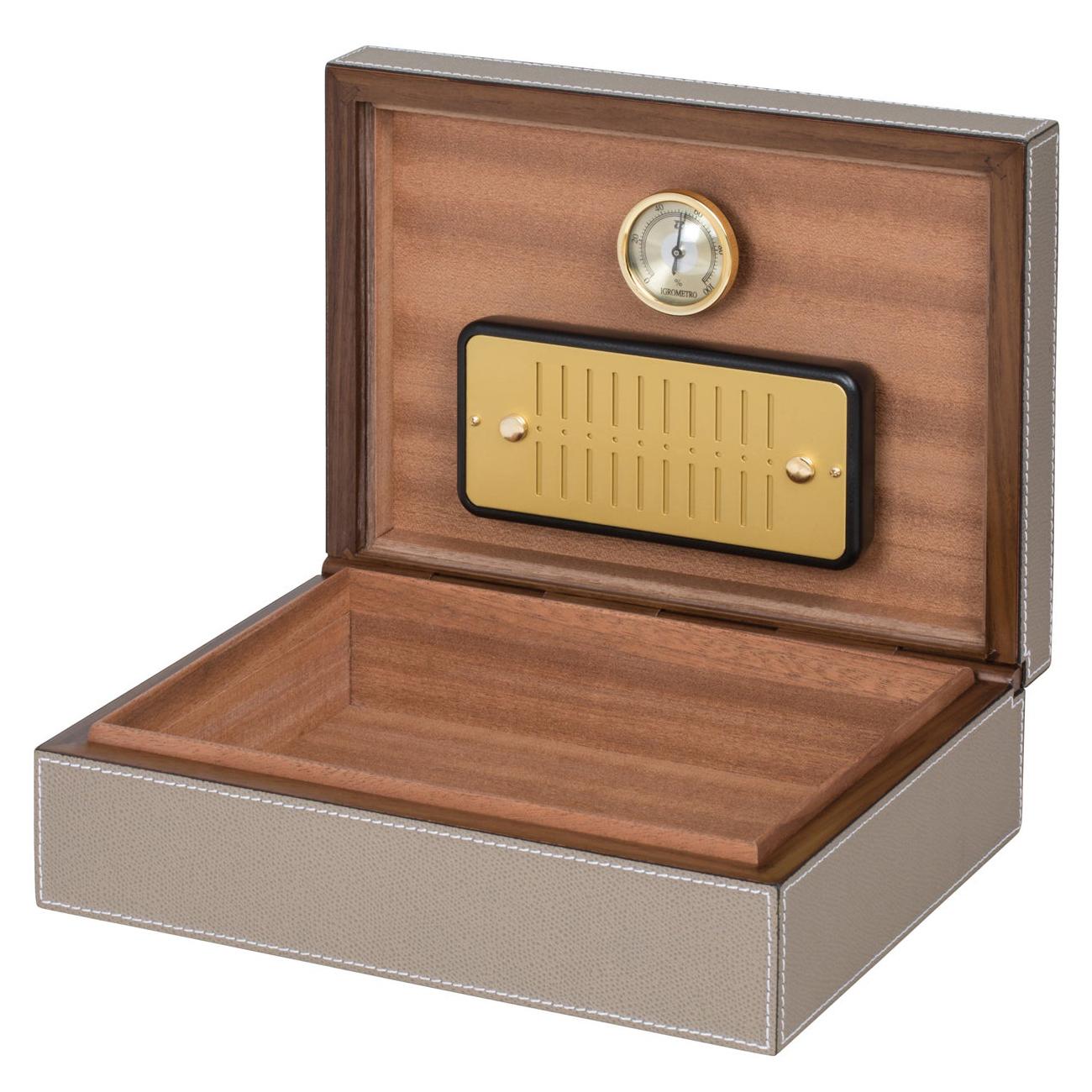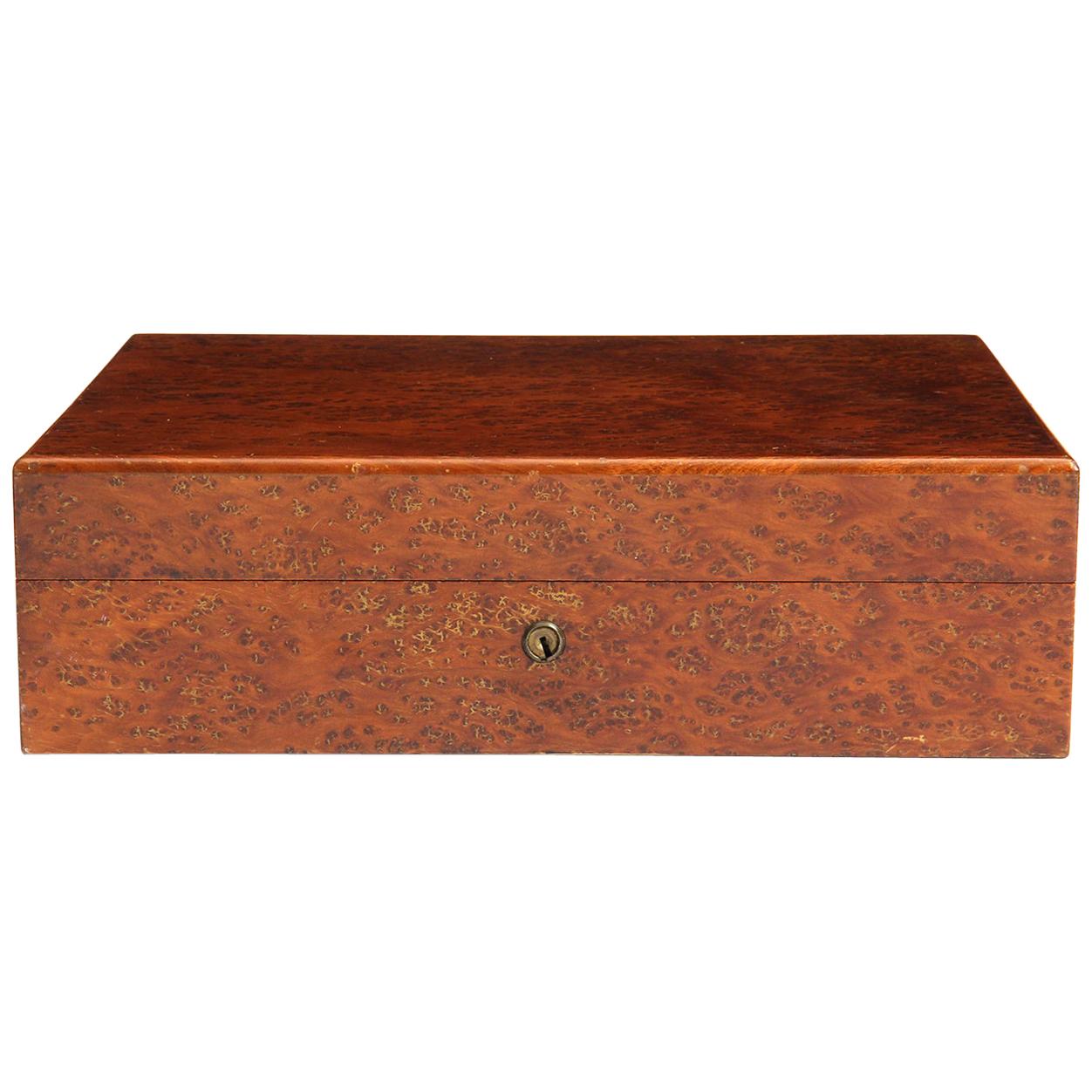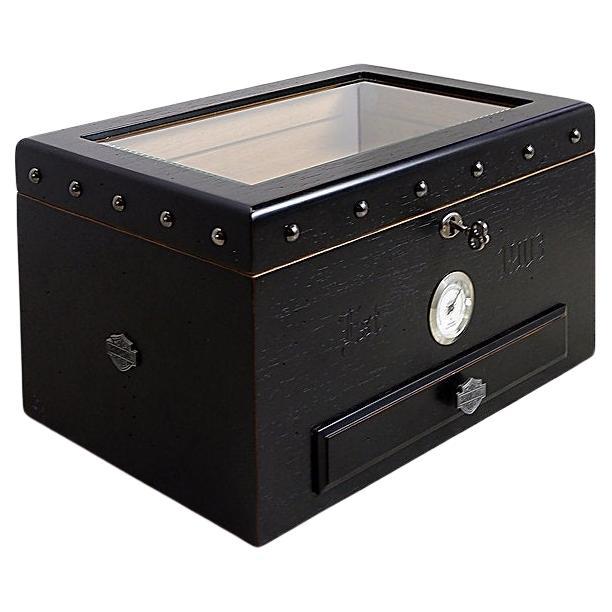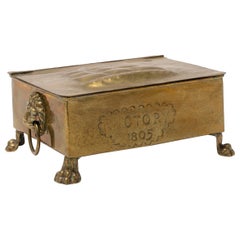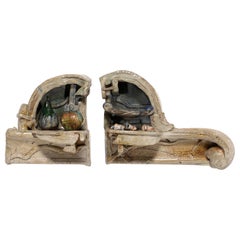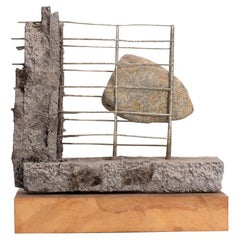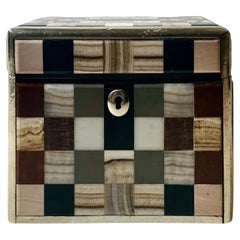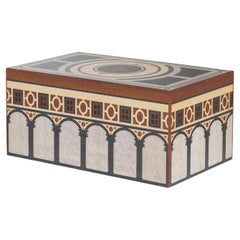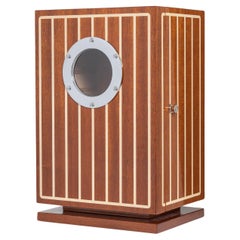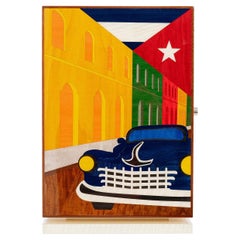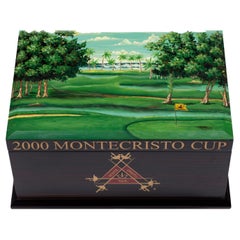
Montecristo Cup 2000 Humidor Limited Edition
Want more images or videos?
Request additional images or videos from the seller
1 of 20
Montecristo Cup 2000 Humidor Limited Edition
About the Item
- Dimensions:Height: 7.75 in (19.69 cm)Width: 15.5 in (39.37 cm)Depth: 11.9 in (30.23 cm)
- Materials and Techniques:
- Place of Origin:Dominican Republic
- Period:
- Date of Manufacture:2000
- Condition:
- Seller Location:Bloomfield Hills, MI
- Reference Number:1stDibs: LU7781233657662
About the Seller
5.0
Vetted Professional Seller
Every seller passes strict standards for authenticity and reliability
1stDibs seller since 2022
17 sales on 1stDibs
Typical response time: 10 hours
Authenticity Guarantee
In the unlikely event there’s an issue with an item’s authenticity, contact us within 1 year for a full refund. DetailsMoney-Back Guarantee
If your item is not as described, is damaged in transit, or does not arrive, contact us within 7 days for a full refund. Details24-Hour Cancellation
You have a 24-hour grace period in which to reconsider your purchase, with no questions asked.Vetted Professional Sellers
Our world-class sellers must adhere to strict standards for service and quality, maintaining the integrity of our listings.Price-Match Guarantee
If you find that a seller listed the same item for a lower price elsewhere, we’ll match it.Trusted Global Delivery
Our best-in-class carrier network provides specialized shipping options worldwide, including custom delivery.More From This Seller
View All"Victory 1805" Brass Box, Warm Color, Embossed Design, Lion's Head Handle
Located in Bloomfield Hills, MI
SALE ONE WEEK ONLY
"Victory 1805" brass box has exceptional details, the lion's head fixtures with brass rings, lions feet on which the box stands and the embossed etching of a sail...
Category
Antique Early 19th Century Unknown American Colonial Jewelry Boxes
Materials
Brass
Ruben Nakian Bronze Figurine "Leda and the Swan" Limited Edition
By Reuben Nakian
Located in Bloomfield Hills, MI
SALE ONE WEEK ONLY
“Leda and the Swan” is by Reuben Nakian (1897 - 1986). He was an American sculptor and teacher of Armenian extraction. His works’ recurring themes are from Greek and Roman mythology. Nakian’s small bronzes achieve majesty and power which are not dependent on size and amplitude. With characteristic freshness, he has reinterpreted the classical subject of Leda and the Swan refining it in the Classical-Renaissance-Baroque tradition in a contemporary way. Dr. Robert P. Metzger gives us his aesthetic interpretation of this work which retells the myth in classical hedonism and freedom of expression showing Leda and the Swann prior to her being ravaged and during their first meeting. “The young virgin is fascinated with her new found friend and accepts him in a spirit of playfulness, contentment and wonder. She is dreamily available and shyly seductive as the deceptively tame swan snuggles up to her with its phallic-like neck.” Leda appears composed, placid yet open and available as compared to her more intense and passionate states in other of Nakian’s depictions on the same theme. This was cast at the "Renaissance Art Foundry" in 1978 and is so marked on the base being #5 of 7.
It is believed that “no other sculptor of the twentieth century matched Rueben’s heroic renditions with the grand themes of Western Art. His erotic mythological figures exude a joyous energy of gesture and movement which place them among seminal sculptural achievements of the past one hundred years.”
Nakian studied at the Independent School of Art in New York City previously known as the Robert Henri School … with Homer Boss...
Category
Vintage 1970s American Figurative Sculptures
Materials
Bronze
John Glick Plum Tree Pottery "Wall Mantel Series"
By John Glick
Located in Bloomfield Hills, MI
John Glick is well-known for his beautifully rendered functional pieces of art. His decorative pieces, especially his large pots, are breathtakingly powerful objects. Glick's creative genius, however, is most exquisitely shown in this unique grouping of objets d'art. The Wall Hanging has a lovely classical scroll shelf. The objets on the shelf include an apple and pear - both fruits frequently rendered by artists from the Dutch Masters to Cezanne because of their perfectly balanced shape and rich colors. In addition is a small Greek or Roman styled dish used as an oil lamp. The other three objets are mysterious twisted tube-like organic shapes. John Glick, at one of his richest, creative bests. The objets are of various sizes, movable and can be displayed as desired. The size given is the overall size of both pieces and the objets d'art.
John was an American Abstract Expressionist ceramicist born in Detroit, MI. Though open to artistic experimentation, Glick was most influenced by the styles and aesthetics of Asian pottery—an inspiration that shows in his use of decorative patterns and glaze choices. He has said that he is attracted to simplicity, as well as complexity: my work continually reflects my re-examination that these two poles can coexist… or not, in a given series. Glick also took influences from master potters of Japan, notably Shoji Hamada and Kanjrio Kawai, blending their gestural embellishments of simple forms with attitudes of Abstract Expressionism. He was particularly drown to the work of Helen Frankenthaler whose soak-stain style resonated with Glick’s multi-layered glaze surfaces, which juxtaposed veils of atmospheric color with gestural marks and pattern. He spent countless hours developing and making his own tools in order to achieve previously unseen results in his work with clay and glaze.
Glick’s “Plum Tree Pottery” (now a designated historic landmark in Farmington Hills, Michigan) studio opened around 1965 and closed in the summer of 2016. It was a private studio space for John and a number of his students and assistants. He believed his shapes evolved guided by forces apparently outside his control. This was instinctual, intellectual and due to his openness to change, fusing into what he thought was the most positive force behind a potter’s approach: evolution and growth. Some have called it inspiration.
John was not only a major figure in the Detroit creative community, but in the ceramics world at large. According to Shelley Selim in her book on John, “John Glick: A Legacy in Clay” John remains: “one of the most recognizable names in the field of studio pottery – known for lecturing, publishing, and offering workshops widely – and his work has been featured in well over a hundred local, national and international exhibitions since he was a college student in the late 1950s.” Along with this John has mentored over thirty studio apprentices over five and a half decades, received numerous grants and awards for his work, and has been prolific, with an estimated 300,000 ceramic wares throughout the world.
He received his Masters from Cranbrook Academy of Art in Bloomfield Hills, Michigan, working with Maija Grotell, a legendary and influential teacher. Grotell was noted for her deep interest in the human connection to nature’s rhythms and patters. These ideas often grounded her dialog with her students including Glick, affecting, a profund and lasting influence on his future work. This famous Art Academy was designed by architect and faculty member, Eliel Saarinen who collaborated with Charles and Ray Eames on chair and furniture design. Numerous creative artists who are alumni of Cranbrook include: Harry Bertoia, Florence Knoll, Jack Lenor Larsen, Donald Lipski, Duane Hanson, Nick Cave, Hani Rashid, George Nelson, Urban Jupena (Nationally recognized fiber artist), Artis Lane (the first African-American artist to have her sculpture, "Sojourner Truth," commissioned for the Emancipation Hall in the Capital Visitor Center in Washington DC), Cory Puhlman (televised Pastry Chef extraordinaire), Thom O’Connor (Lithographs), Paul Evans (Brutalist-inspired sculpted metal furnishings), Eugene Caples (small bronze images/abstract), Morris Brose (Bronze Sculptures), Herb Babcock (blown glass), Larry Butcher (mixed media) and Lauren Anais Hussey...
Category
Late 20th Century American American Craftsman Mounted Objects
Materials
Ceramic
Robert Bielat Sculpture Cast Bi-Metal Stone Wood "TRUE EAST"
Located in Bloomfield Hills, MI
SALE ONE WEEK ONLY
"Robert Bielat was an artist’s artist, a sobriquet applied to those whose work is brilliant but idiosyncratic, deeply compelling in a way that is obvious to those who can see it, but not necessarily so to the market or to the arbiters...
Category
21st Century and Contemporary American Expressionist Abstract Sculptures
Materials
Stone, Cast Stone, Metal, Aluminum
Royal Copenhagen Figurine Carl Martin-Hansen "A Woman from Greenland" #12224
By Royal Copenhagen
Located in Bloomfield Hills, MI
SALE ONE WEEK ONLY
"A Woman From Greenland" Royal Copenhagen Porcelain Figurine is the female figure from a set numbered 12224 (Woman) and 12225 (Man) in the Royal Copenhagen catalo...
Category
Antique Early 1900s Danish Figurative Sculptures
Materials
Porcelain, Paint
Royal Copenhagen Figurine Carl Martin-Hansen "A Man from Greenland" #12225
By Royal Copenhagen
Located in Bloomfield Hills, MI
SALE ONE WEEK ONLY
"A Man From Greenland" Royal Copenhagen Porcelain Figurine is the male figure from a set numbered 12224 (Woman) and 12225 (Man) in the Royal Copenhagen catalog nu...
Category
Antique Early 1900s Danish Figurative Sculptures
Materials
Porcelain, Jute
You May Also Like
Continental Humidor
Located in Tampa, FL
A wonderful, continental small humidor out of specimen marble. It has the original key. Humidor is trimmed with silver inside and lined in glass and rosewood. The interior is three i...
Category
Antique Early 1800s European Cigar Boxes and Humidors
Materials
Marble, Silver
$1,950
Rinascimento Humidor
By Maccarrone
Located in Milan, IT
This iconic humidor is part of Maccarone's Marquetry collection and can hold up to 150 cigars. The design of this humidor, enriched with laser-engraved detail...
Category
2010s Italian Modern Cigar Boxes and Humidors
Materials
Polyester, Wood
$7,228 / item
Dolcevita Humidor
By Maccarrone
Located in Milan, IT
This iconic humidor is part of Maccarone's Yacht collection and can hold up to 150 cigars. Metal accessories in chromed brass and high gloss mahogany and mapl...
Category
2010s Italian Modern Cigar Boxes and Humidors
Materials
Polyester, Wood
$9,804 / item
Cuba Humidor
By Maccarrone
Located in Milan, IT
This iconic humidor is part of Maccarone's Marquetry collection and can hold up to 150 cigars. The design of this humidor and its vibrant colors are a celebra...
Category
2010s Italian Modern Cigar Boxes and Humidors
Materials
Polyester, Wood
$10,339 / item
Cat Humidor
Located in New York, NY
For cat lovers, bronze humidor realistically shaped as a cat's head. Opens to reveal humidor space. Large ribbon around neck forms two storage bowls.
Category
Antique 19th Century English Boxes
$2,250
English Rosewood Humidor
Located in Tampa, FL
A 1920s English Rosewood humidor. The interior is white and the plaque does not have a monogram.
Category
Vintage 1920s English Cigar Boxes and Humidors
Materials
Rosewood
Recently Viewed
View AllMore Ways To Browse
Enamel Golf
Humidor 2000 Cigar Box
Golf Cigar Box
Work Box Humidor
Antique Cigar Art Nouveau
Humidors Figural
Dog Cigar
English Sterling Cigarette Box
Austrian Silver Cigarette Case
Cigar Jar
Luxury Humidor
Black Forest Carved Humidor
Cigar End Table
Wood Cigar Box With Hygrometer
Vintage Wooden Cigar Box
Antique Glass Cigar Humidor
Cigar Chest
Dog Humidor
